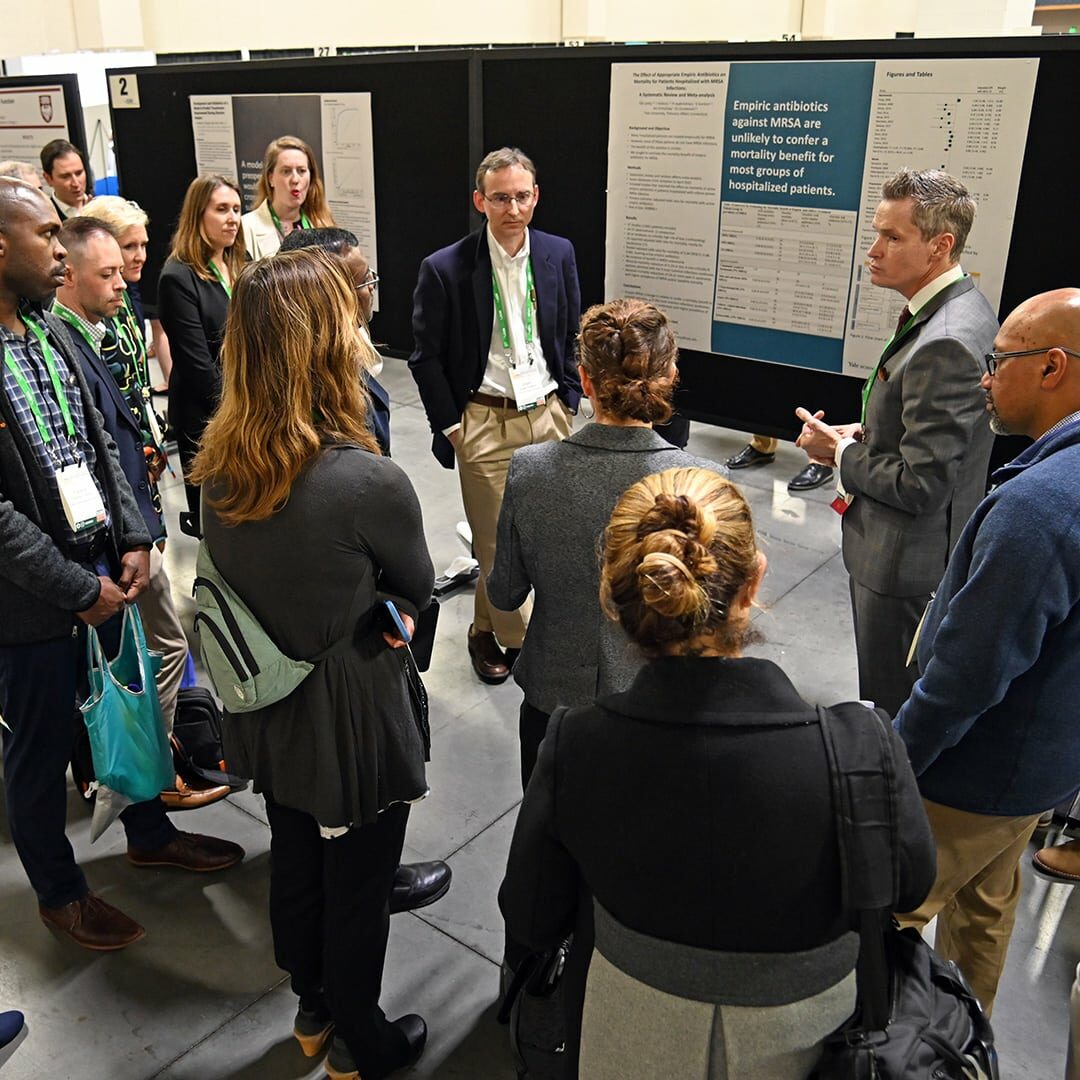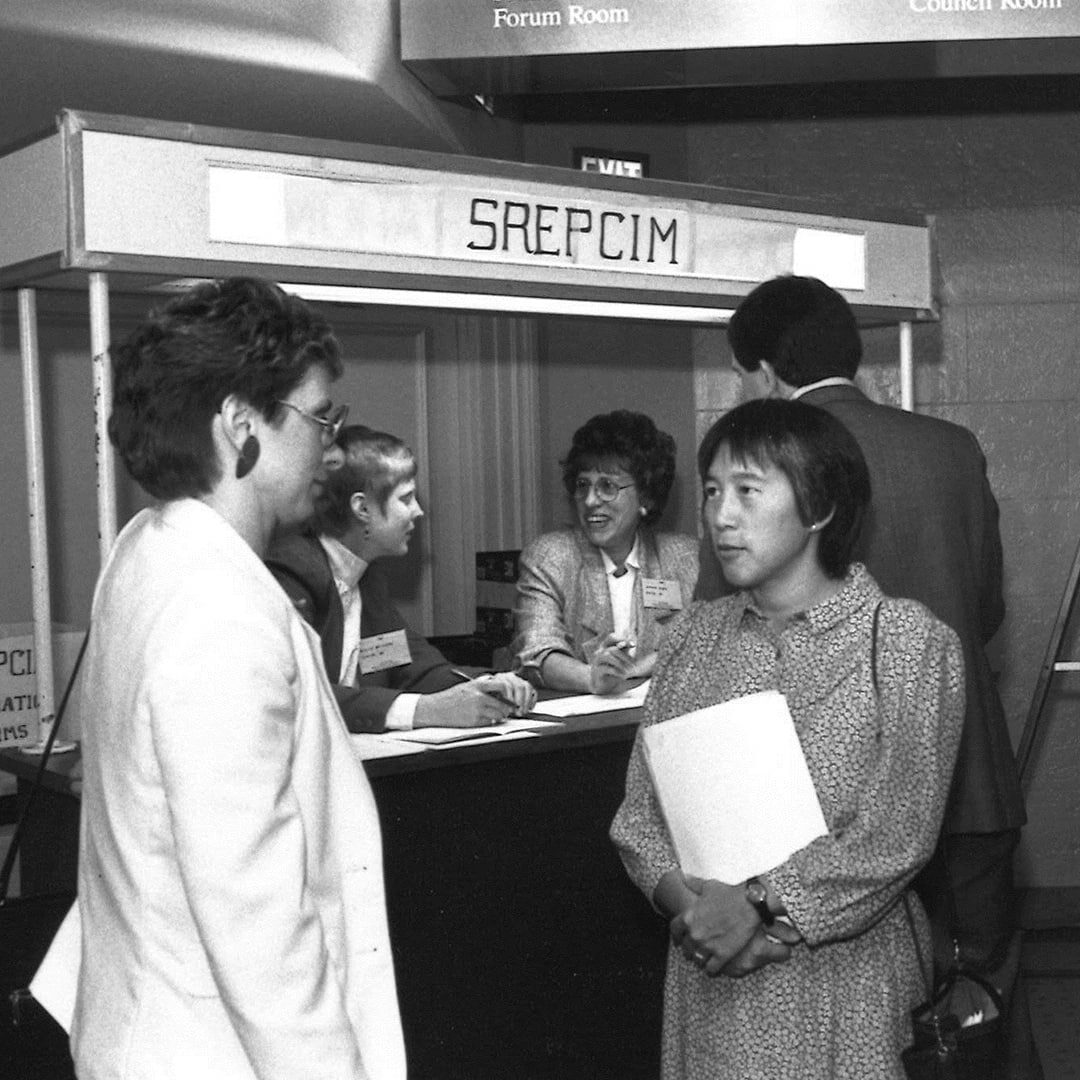
About Us
The Society of General Internal Medicine (SGIM) is an international organization representing 3,300 physicians. These physicians are the backbone of primary care internal medicine in every medical school, major teaching hospital in the United States, and an increasing number of international institutions.
Our Legacy
For over 40 years, SGIM has been at the forefront of medical education and research. Our journey began in 1978 as the Society for Research and Education in Primary Care Internal Medicine (SREPCIM), supported by a generous $130,000 grant from the Robert Wood Johnson Foundation and a collaboration with the American College of Physicians (ACP). Our founders envisioned a platform for professionals dedicated to primary training and research in adult medicine.
Our inaugural national meeting in April 1978 saw 178 attendees, all of whom became members with voting rights. This gathering laid the foundation for our constitution, emphasizing annual meetings as a nexus for research and education.
By 1983, we had established a health policy committee, initiated plans for a medical journal, expanded our annual meetings, and introduced a membership dues system. However, differences with established societies led us to advocate more vigorously for primary care and ambulatory medicine, challenging traditional medical norms.
Our commitment to transforming the U.S. healthcare system was further solidified with the launch of the Journal of General Internal Medicine in 1986. The first issue, published in Jan/Feb 1986, underscored the significance of original research and diverse clinical topics.
The 1980s also witnessed the establishment of regional SGIM divisions, promoting academic research and scholarship at the local level. Today, SGIM proudly represents all 50 states through six active regions: Mid-Atlantic, Midwest, New England, Southern, Southwest, and Northwest.
1985-1986 marked a pivotal period. While our membership and annual meeting attendance surged, our partnership with ACP began diminishing. This culminated in 1987-1988 when we rebranded as The Society for General Internal Medicine (SGIM) and became an independent entity.
The subsequent years saw SGIM's influence expand by establishing numerous committees, task forces, and collaborations with over 40 like-minded organizations. Our research endeavors became more diverse and sophisticated, leading to new projects and affiliations. By 1996, David Karlson took the helm as SGIM's Executive Director.
The turn of the century brought further growth. By 2005, we revamped our governance structure to serve our members better. Today, SGIM boasts over 25 committees, commissions, and work groups addressing a myriad of topics, from education and research to clinical practice and health policy.
Our annual meeting, now spanning three and a half days, attracts over 2,000 general internists globally. With a membership exceeding 3,300, our Journal of General Internal Medicine stands among the top scientific journals for general internists and medical educators. Our SGIM newsletter, Forum, has also expanded significantly.
Recent years have seen the introduction of strategic initiatives, career development programs, MOC offerings, research papers, and policies. In 2017, Dr. Eric Bass was appointed our first Chief Executive Officer, further solidifying SGIM's position as a leader in general internal medicine.

Our Future
SGIM remains committed to innovation, leadership, and excellence in general internal medicine, continuing our legacy of shaping the future of healthcare.


